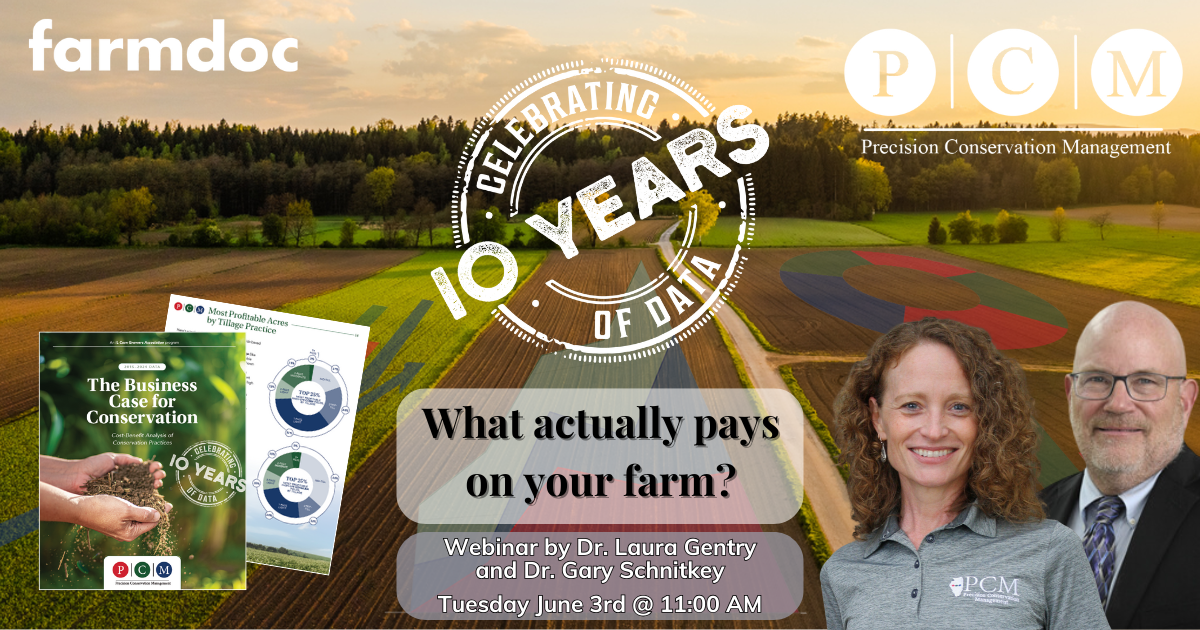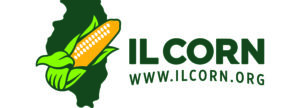EDUCATIONAL PARTNERS:
Connect on Social Media
Latest Article
.
Recent Series
Fringe Acres and US Average Corn Yield
April 28, 2025
Quiet Signals: Why Boring Crop Reports Matter
March 24, 2025
Corn Exports: Rocket Ship to Where?
November 11, 2024
A Breath of Optimism for Corn in a Down Market
October 7, 2024
Post-Harvest Grain Marketing in a Low-Price Environment
September 9, 2024
Spring Revision to 2025 Illinois Crop Budgets
June 3, 2025
Reconciliation Bill Proposals to Add Base Acres
July 1, 2025
















